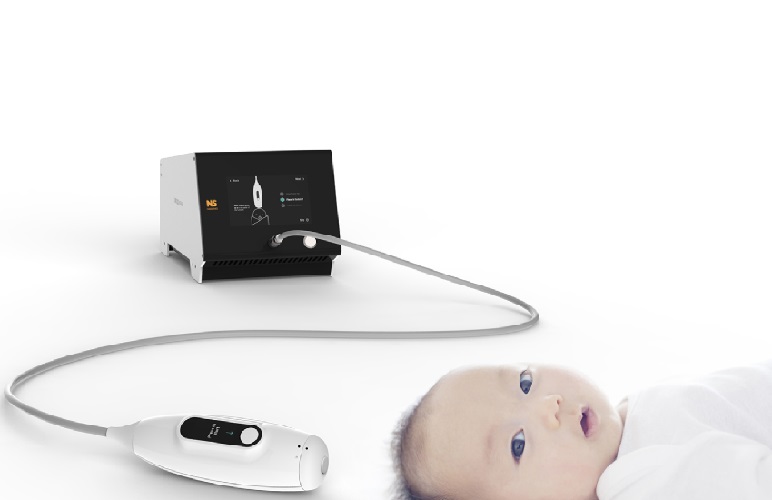Ultrasound-Guidance Used to Insert Peritoneal Dialysis Catheters Considerably Cuts Complications
By MedImaging International staff writers
Posted on 26 May 2014
Patients undergoing peritoneal dialysis catheter placement using fluoroscopy and ultrasound-guidance experienced significantly fewer complications at one year postinsertion than did patients whose catheters were positioned laparoscopically. Posted on 26 May 2014
Under conscious sedation administered by interventional radiologists, the first of two study groups received catheters using fluoroscopy and ultrasound guidance. In the second group, the catheters were inserted using laparoscopy under general anesthesia by surgeons. “Our results showed that the overall complications at one year were significantly higher for the laparoscopic group and that the laparoscopic approach is more likely to be complicated by catheter malfunction and peritonitis,” said Dr. Ahmed Kamel Abdel Aal, chief of the division of interventional radiology at the University of Alabama at Birmingham (USA).
The image-guided insertion technique may allow for expeditious catheter placement in late-referred patients with end-stage renal disease, thus facilitating urgent-start peritoneal dialysis and avoiding the need for temporary vascular-access catheters.
Dr. Kamel Abdel Aal and his coauthors presented the study’s findings at the 2014 American Roentgen Ray Society (ARRS) annual meeting, held in San Diego (CA, USA), May 4–9, 2014.
Related Links:
University of Alabama at Birmingham














